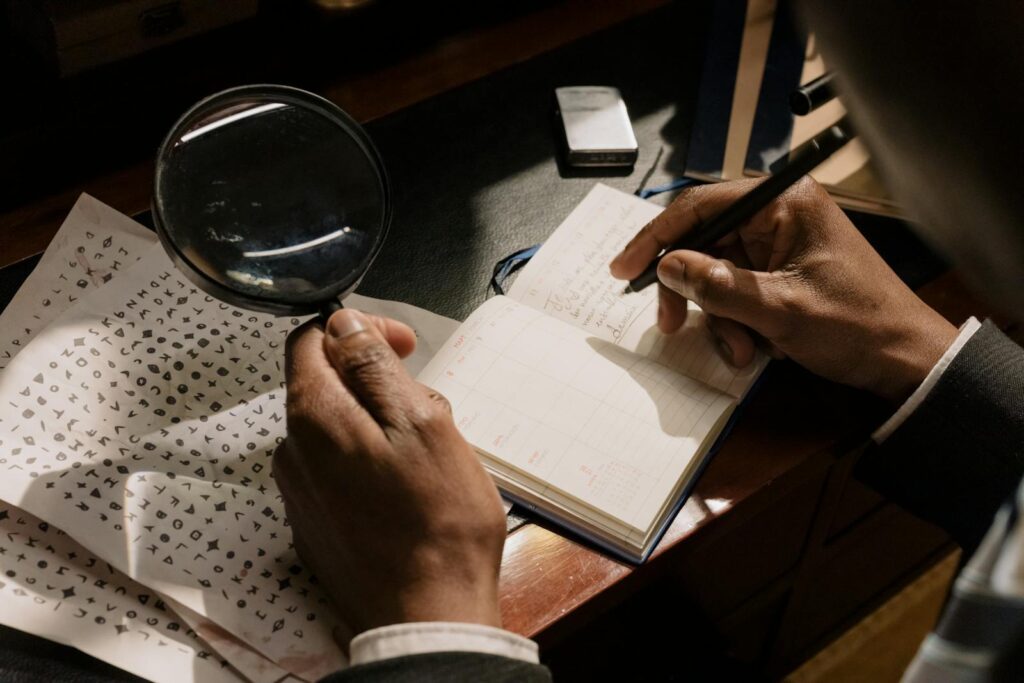Now Reading: Importance of gait pattern in personal identification
-
01
Importance of gait pattern in personal identification
Importance of gait pattern in personal identification
WHAT IS GAIT PATTERN?
An individual, while walking or running makes a series of impressions or footprints, this is called as a gait pattern. Gait pattern is created due to the movement of limbs during locomotion. Gait pattern is found to be highly individualistic. Hence it acts as an evidence in solving certain crimes. Examining and analyzing the gait pattern of an individual is very important because it helps to determine age, sex, height of an individual. Gait normally means the manner or way in which a person walks. Since walking is an unconscious behavior it can be used for the identification of an individual. Gait is a biological characteristic of an individual. There are several factors that affect gait pattern like personality, footwear of an individual, sex, emotional behavior, speed of walking, any disorders, age, pregnancy, light conditions. Gait pattern can be seen in most of the cases like robbery, murder, theft, housebreaking, dacoity, kidnapping, etc. Gait pattern is the most commonly encountered pattern evidence found in most of the crime scenes and it helps to create link between crime and criminal. Its also helps to determine the number of suspects involved in the commission of crime.
GAIT PATTERN ANALYSIS:
Gait pattern analysis is very much essential for forensic purposes because it has certain features like universality, uniqueness, and permanence.
The gait pattern of an individual is analyzed as follows:
• The direction line: It is a straight line. It is an imaginary line drawn at the center, which helps to determine the direction of person walking or moving.
• The gait line: The gait line coincides with the direction line and runs along inner sides of both heel prints, in normal person. It may vary from one individual to another because of the manner of putting down the foot. Individual who keeps their feet wide apart may create zigzag pattern. Gait line appear to be broken in pregnant women and stout persons, as they walk with feet wide apart to maintain equilibrium.
• The foot line: It is a straight line running through axis of the footprint longitudinally. This line passes through second toe to the center of the heel. I t shows angle at which foot is put down.
• The foot angle: Angle between direction line and foot line is called as foot angle. The normal foot angle is 30-32 degrees. It varies with different individuals and it is different for left and right foot of same individual. Foot angle may not change when the subject stands still, walks up and down or carries a heavy load.
• The principal angle: The angle between foot lines of two feet is principal angle. And it is also the sum of foot angles. It mainly depends upon the deformities in the left or right foot.
• The step length: It is also called as stride. It is the distance between centers of two successive heel prints. It varies on the basis of walker, his habits and speed. Usually, a tall person has a long step length than a short person. As it depends on the habit some railway workers will have longer step length by walking on railway tracks. The average step length of an individual varies from 20-40 inches. It can also vary with the speed of walking, 27 inches for slow walking and 35 inches for fast walking. The person running will have a maximum step length of over 40inches.
• The step width: The distance between parallels drawn in the direction of direction line touching inner sides of right and left foot is step width.
Step length, step width, principal angle, gait line, foot angles must be analyzed and calculated in order to identify a possible suspect. These are unique in nature and vary from one individual to another.
IMPORTANCE OF ANALYSING GAIT PATTERN:
Gait pattern analysis is mainly useful for personal identification. Personal identification of an individual can be done by estimating the following:
• Age: It is the major factor which influence walking pattern since walking depends on muscle strength. Gait pattern helps to find out whether the subject is an old or young person. Old persons drag earth by their toes while walking. Whereas young people show twisting action of toes and ball of foot. Old persons step length will be comparatively shorter. Stick marks beside the foot impressions also indicate it is old person.
• Sex: The sex of an individual can be determined by measuring step length. Step length of woman tends to be lesser than man. The average step length of women is 18-22 inches and step length of man is 25-28 inches. In woman, the ball of foot is narrower than that of a man. Some Indian women also wear ring on their toes, so the bare footprint leaves the mark of rings present on toes. This also indicates the origin of women since rings are usually worn by Indian women.
• Height: One cannot suggest the height of person based on length of footprint, but a longer footprint and step length extending up to 30inches suggest it to be a tall person. Short person will have shorter step length.
• It helps in estimation of body weight, stature, and size of foot.
• Broken gait line suggests a subject is a sluggish person, drunkards, or it can also be a pregnant women and persons with load on their backs.
• Foot angle helps to differentiate an individual based on sex, because man tend to have larger foot angle than woman.
• Speed is also one of the major factor which alters the gait pattern. Speed of gait pattern helps to suggest whether the person was walking or running.
• The direction of movement can also be established. The pressure in thumb and toes indicates the person was moving in forward direction.
• The gait pattern also helps to understand the type of footwear worn, size of footwear also helps to determine any underlying diseases or any medical condition affecting walking pattern.
• Gait pattern also helps to find out number of possible suspects present in the crime scene.
• Features of gait helps the investigator to assist the crime investigation. It is one of the most common evidence which is left behind in crime scene by the criminal. This provides link between crime, criminal and victim. It also helps in reconstruction of crime scene and to determine the series of events occurred in crime scene.
• Gait pattern may appear as imprints or sunken prints. Gait pattern usually contains soil, so soil can be collected and can be subjected for soil analysis, this helps in establishing the origin or location of an individual.
LIMITATIONS:
There are certain limitations of gait pattern analysis regarding its admissibility in court of law. As gait pattern is affected by various factors it is difficult to identify and confirm a suspect. It is considered as a corroborative evidence in court of law as it does not confirm the who is suspect. Gait pattern does not provide conclusive proof in court of law.
CONCLUSION:
Walking is something where any individual does not give much thought. As it takes place in unconscious manner, individual cannot alter his walking pattern. It is also the basic method of transportation developed by an individual and is encountered in most of the crime scene. Hence it is very important to examine and analyze gait patterns present in scene of crime.
REFERENCE:
Badiye A, Kathane P, Krishnan K. Forensic gait analysis 2020 Nov 19. In: StatPearls
Forensic science in crime investigation – by Nabar.










